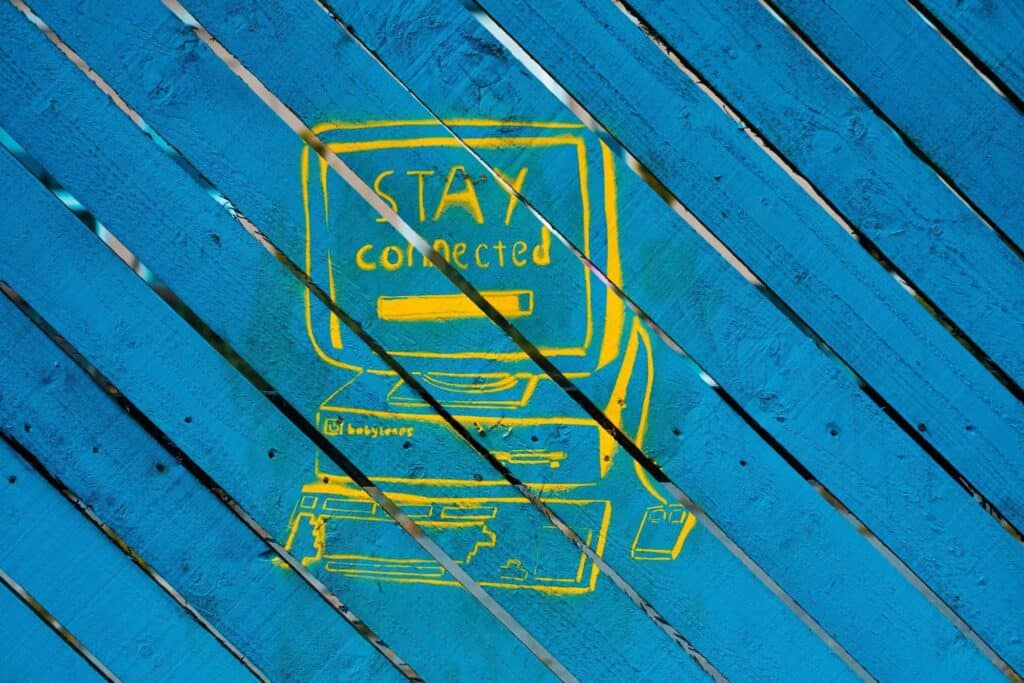If one thing has become clear, it’s that small businesses can’t just wait out COVID-19 and hope for the best. We’re over eight months into the pandemic, and no one knows how much longer it will be before a vaccine is approved and distributed.
According to research by The Atlantic, it could be well into 2021 before even 11% of the US population is fully vaccinated. That means we could face at least another year of pandemic restrictions.
Small businesses who hope to survive will have to take action in order to stay solvent. If you’re working on a plan for getting through the pandemic, here’s where to start.
Be Flexible
It’s time to pivot.
What do your customers need now that they didn’t need before? Is there an alternative way you can continue to provide the same product or service? Or is there a related offering you can switch to? Stay true to your business, but make sure you’re still able to provide what your customers need.
Many product-based businesses have seen a decline in their wholesale numbers, but an increase in their ecommerce sales as customers shop more online. Can you increase your direct-to-consumer sales to close that gap?
Service-based businesses have to figure out how to continue offering their solutions in a COVID-safe way. That could include moving your service to an online model, or taking it outside into the fresh air where air particles can dissipate more easily.
Unfortunately, there is no “one size fits all” business plan for a pandemic. Start by searching for other businesses in your niche to see what’s working for them.
Stay Connected with Customers
If there was ever a time to over-communicate, it’s now. We’re not talking about those “We’re all in this together” emails — people have had quite enough of those!
Instead, think about practical communication. Supply chains have been interrupted, leading to longer wait times for many physical products. Some businesses that operate brick-and-mortar locations are open for shorter hours and have increased cleaning protocols.
Managing expectations through these changes is key to preventing disappointment and creating a bad customer experience. What can you do during this time to go above and beyond for your buyers?
Customer onboarding, checkout procedures, email funnels — revisit these customer touch points to ensure they’re making your buyers feel appreciated and supported.
Stay Connected with your Team
Away from the office hub, is your team still pulling together? Some people thrive in the work-from-home environment. But for others, the social, buzzy vibe of an office is a huge part of what they like about their job.
For extroverts — especially those who live alone — this has been an incredibly difficult and lonely time. Checking in with your team regularly is a must.
A daily or weekly team- or office-wide virtual huddle is a good way to stay connected with your staff. Encourage online non-work gatherings too, like a 10 minute morning coffee or a virtual happy hour on Fridays as an opportunity to bond.
One-on-one check-ins can help too, so team members can share any concerns or struggles they’re having in a private setting.
Trim the Fat
Money is tight for many businesses right now. How can you trim expenses without damaging the customer experience?
If your entire team is working from home, can you get out of your office lease? You may need a new office in 12 months, but that’s 12 months of rent and utilities you can save.
Is it time to shop for better rates for Insurance policies or products? Is there a piece of software you can do without? Or maybe a new piece of software you can onboard that will save you money in other areas?
Think lean and make sure every penny spent is one that has to be spent.
Keep Marketing
If you slowed down your marketing earlier in the pandemic, it’s time to ramp it back up. The holiday season is coming, and people are still buying.
But it may be a good time to reassess your marketing strategy. Remember the Pareto Principle — 80% of the results come from 20% of the actions. Once you identify which 20% of your marketing strategy is bringing you the best results, you can laser-focus on those methods. Maybe you’ll find that 80% of your business is coming from 20% of your repeat customers, so you should focus on retargeting that 20%. Finding new leads is still important, but it’s not the most important thing.
You have limited time and marketing dollars, so make sure you’re putting those resources where they’ll do the most good during this tough time.
Give Back
Several shoe companies like Nike and Crocs have donated shoes to front-line healthcare workers. PopSockets created several new designs and is donating 100% of profits for each to Doctors Without Borders and Feeding America. Online educator CodeAcademy is matching purchases of their Pro membership with five free memberships for displaced workers.
As a small business, broad strokes gestures like these may be out of your reach. But how can you help your community on a local level?
Donating to a local food bank, distributing masks or PPE, or sponsoring a family in hard times will help your team stay motivated, and prove to your area and industry that you’re a protector of your community.
This isn’t just a ‘feel good’ thing – according to Google, 46% of shoppers will go out of their way to support local businesses that associate with a ‘cause’ of some sort.
And it feels good to do it, too.
Make a Plan
None of these steps are easy. But an unprecedented situation like this one requires creativity and resilience.
We need small businesses like yours to endure, for the good of your consumers, your employees, and the economy at large. If you haven’t made a pandemic response plan yet, the time to do so is right now.


